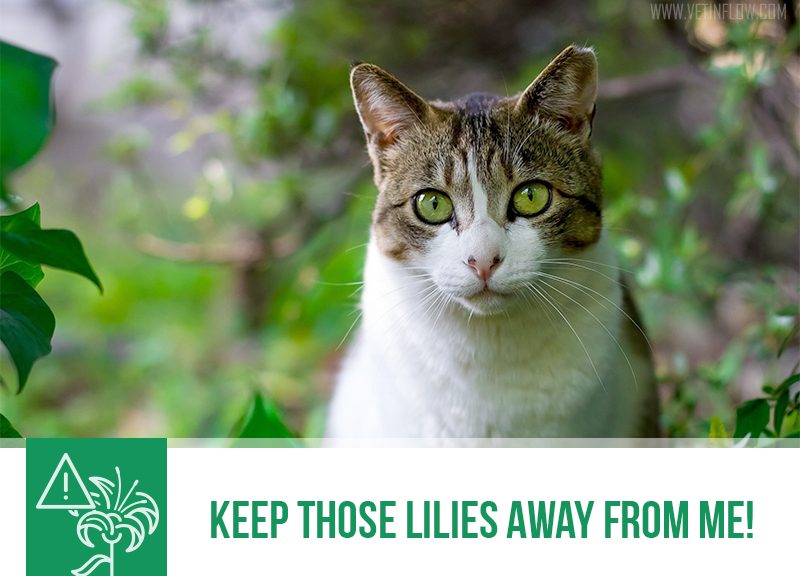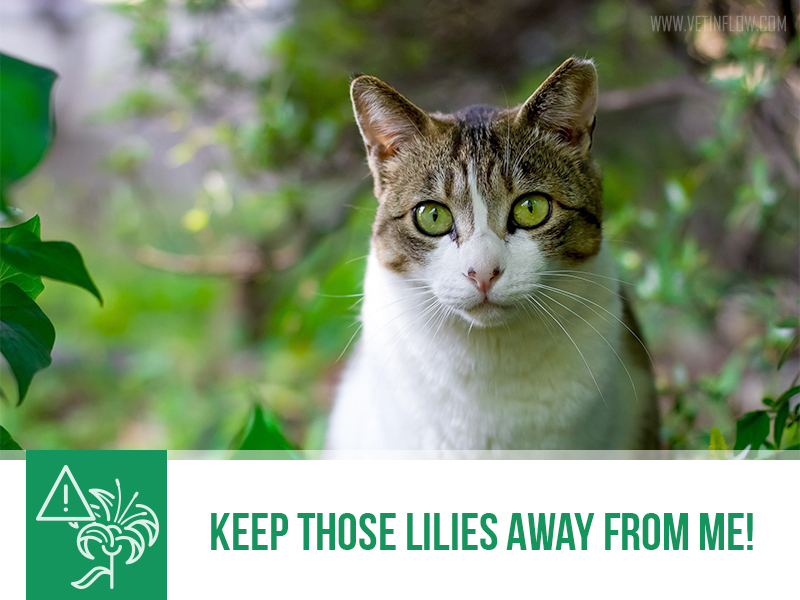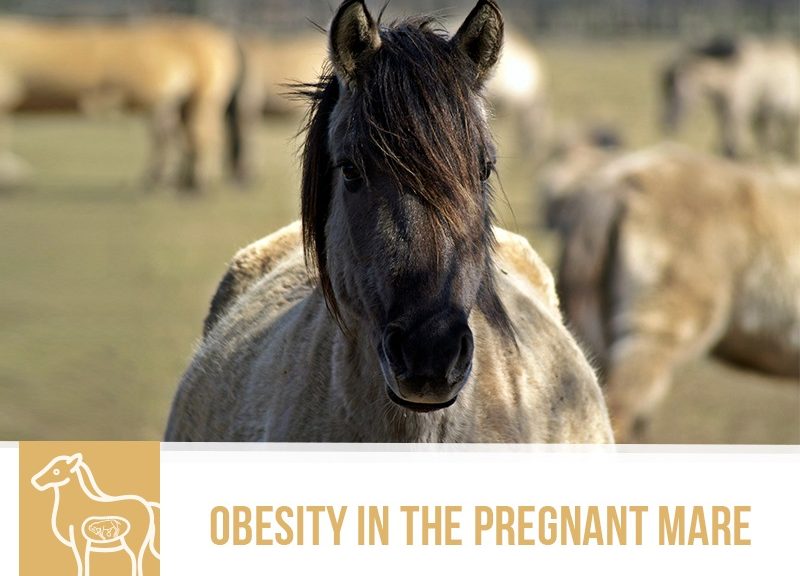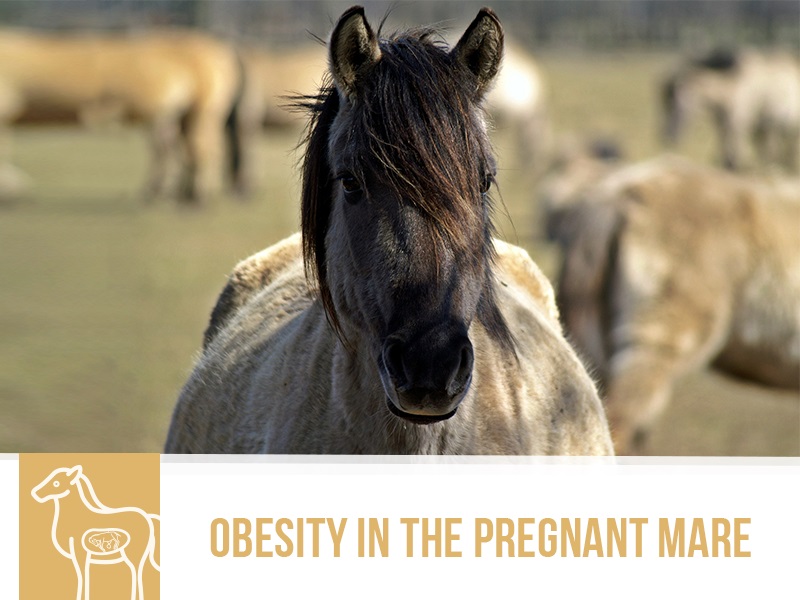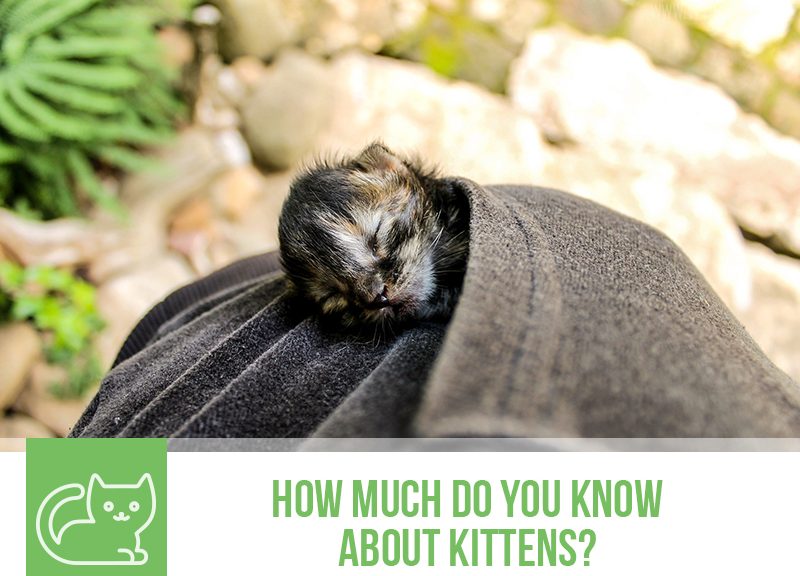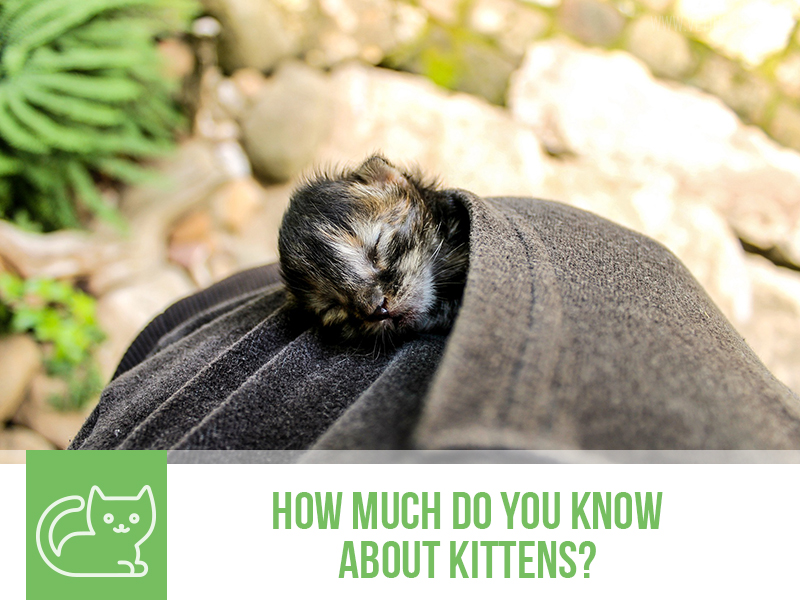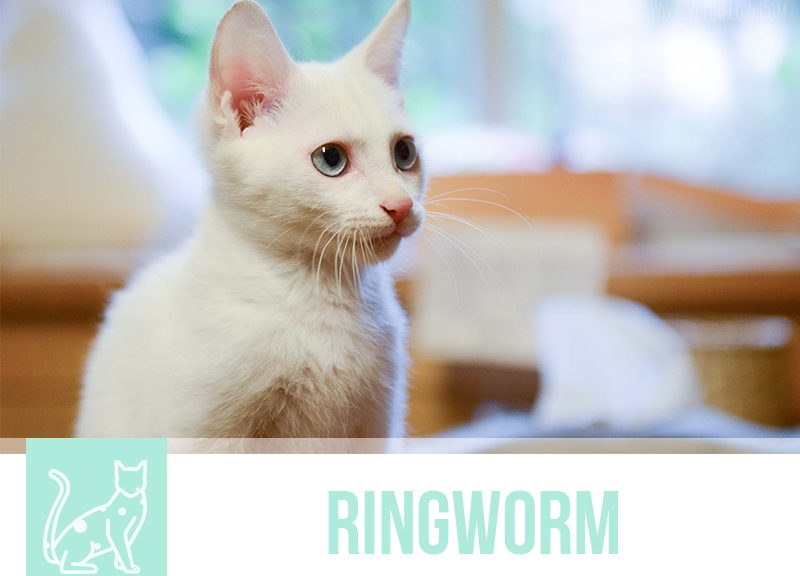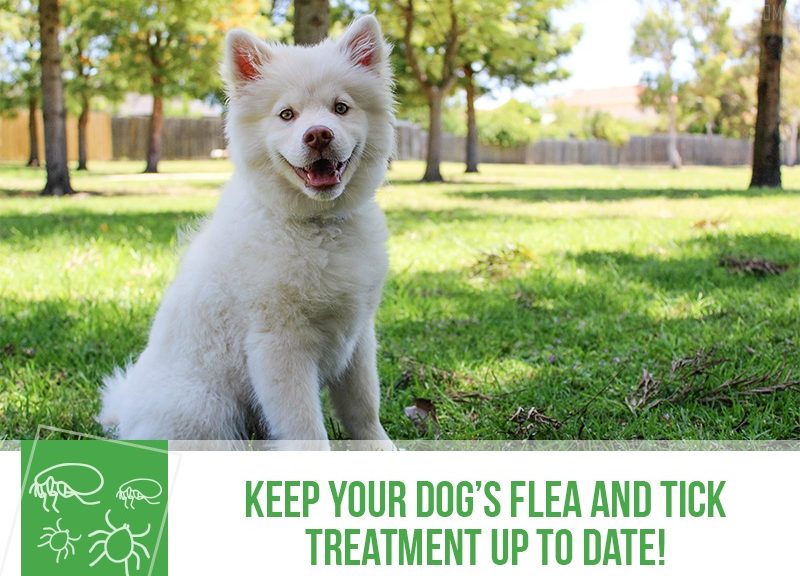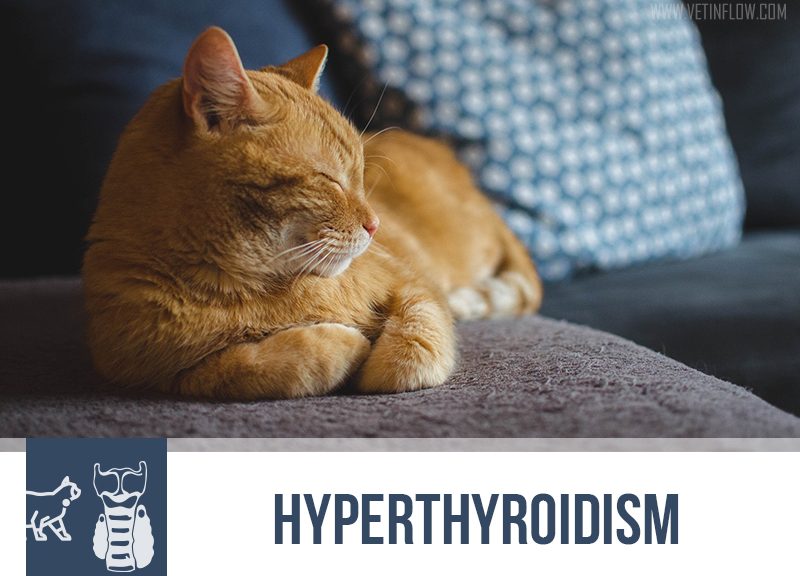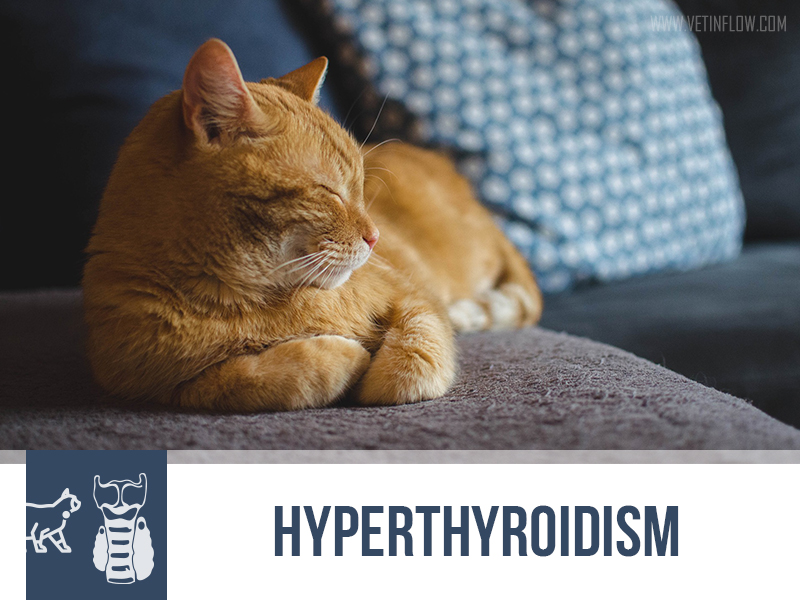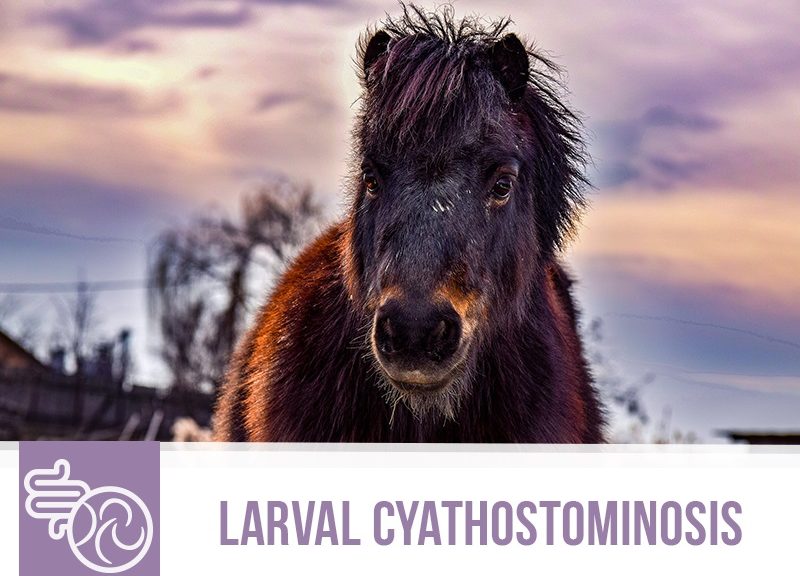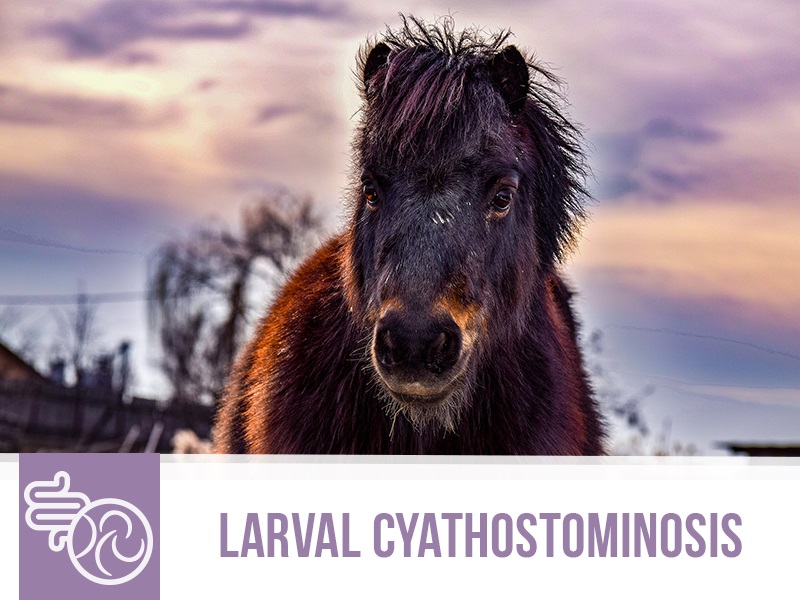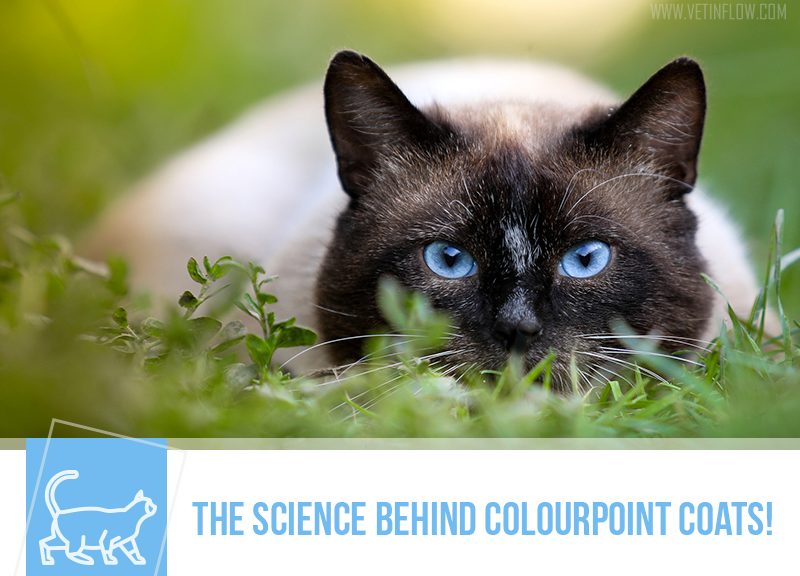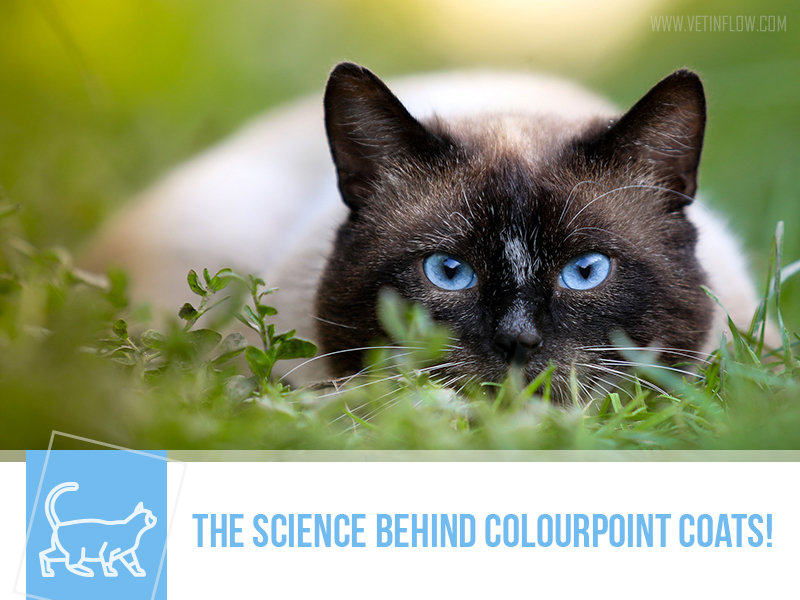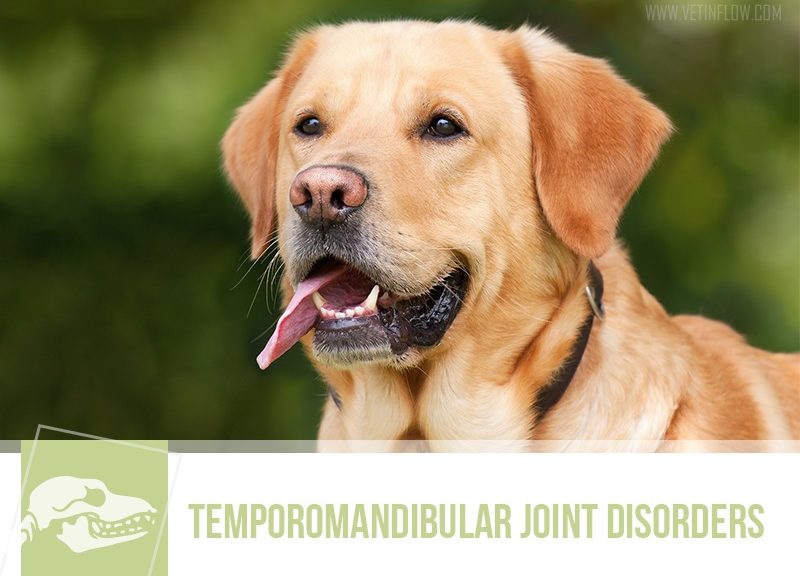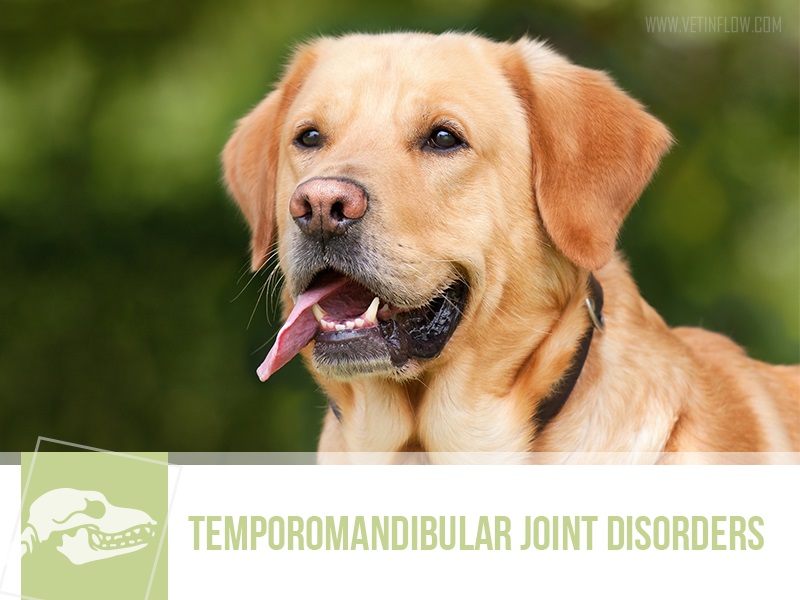Many of us love lilies, they are beautiful flowers that spruce up any bouquet, especially during Spring and Easter. However, lilies are highly toxic to cats, so much so that we consider every part of the plant to be potentially deadly.
There are many species in the Lilium and Hemerocallis genus that are very dangerous to have around cats but some of the most common are: Easter Lily, Japanese Show Lily, Tiger Lily and Rubrum Lily, but there are many others.
Even the ingestion of small bits of the plant can cause severe damage to the kidneys. This can include just nibbling on some leaves or petals or even the cat grooming pollen off his or her fur.
Lilies are not only gorgeous basket and bouquet flowers, but are also a mainstay in our gardens, which means your cat, if they have outdoor access, may run into them well away from your home.
Toxins produced by these plants harms kidneys and, if left untreated, in most cases it will end in renal failure. Animals show signs around 6 to 12 hours after exposure. You may see vomiting, diarrhoea, tremors, difficulty walking and/or seizures.
If you suspect your cat may have come into contact with lilies you must take him or her to the vet immediately; receiving treatment as soon as possible is fundamental to a full recovery.
Would you like to know more about cats? Check our Feline Courses:
